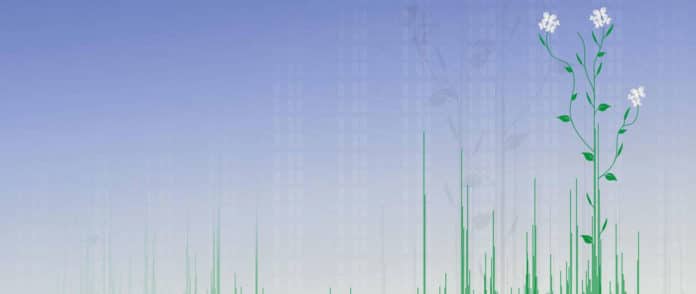Plants are essential for life and are incredibly diverse organisms with unique molecular capabilities.
Each cell of an organism contains the complete genetic data, the blueprint of a living being, packaged in the sequence of the so-called nucleotide building blocks of DNA. In any case, how can it make tissues as differing as a leaf that changes over light energy into chemical energy using photosynthesis and produces oxygen or a root that absorbs supplements from the soil?
The answer lies in the protein pattern of the cells of the respective tissue. Proteins are the leading players in every cell. They are biocatalysts, transmit signals inside and between cells, structure the cell structure, and much more.
For the study, scientists examined the model plant Arabidopsis thaliana, in English “thale cress,” using biochemical and analytical high-throughput techniques to discover progressively about the molecular composition.
For a long time, the inconspicuous weed with little white flowers has been the “laboratory mouse” in plant biology. It is small, undemanding in growth, and easy to grow. These properties have made ready for her in the lab of genetics and molecular biology. The fact that the results of basic research on Arabidopsis can frequently be transferred to useful plants also makes the plant species fascinating for breeding research.
Using liquid chromatography coupled tandem mass spectrometry as measurement methods, scientists were able to examine thousands of proteins in one experiment. Bioinformatics methods helped analyze the enormous amounts of data.
Bernhard Küster, professor of proteomics and bioanalytics, said, “For the first time, we have extensively mapped the proteome, that is, all proteins from the tissues of the model plant Arabidopsis. This allows new insights into the complex biology of plants.”
This information is freely available in the online database ProteomicsDB, which already contains a protein catalog for the human proteome, which the same team at TUM decoded in 2014.
Küster said, “It is expected that there will be similarities between Arabidopsis and the molecular maps of other plants. The Atlas should, therefore, also fuel research on other plants.”
In the future, scientists are planning to deal with the analysis of crops. Of particular interest will be how the proteome changes when pests attack the plants or how plants can adapt to climate change.
This study is published in Nature.
